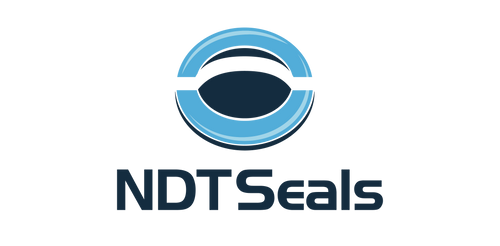Ultrasonic thickness inspections are critical in ensuring the safety and reliability of industrial equipment, pipelines, and structures. These inspections are performed by certified inspectors, even some qualified to the recent ISQ from ASNT, UTT for the oil and gas sector. However, these days acquisitions, contract changes, and high turnover rates amongst inspectors, can create real challenges in maintaining consistency in inspection procedures and results. This is where inspection point labels can alleviate some problems with consistency in inspection.
Inspection point labels are adhesive labels that are affixed to the surface of the material being inspected. Using inspection point labels provides several benefits, especially in situations where there is a high turnover of inspection personnel. Here are some of the key benefits:
-
Consistency in inspection procedures When inspection point labels are used, they provide a consistent and structured approach to inspections. The labels ensure that inspectors follow a standard procedure and record the necessary information in a uniform manner. This reduces the risk of errors and inconsistencies in inspection results.
-
Standardization of data Inspection point labels also provide a standardized approach to data collection. The labels ensure that all necessary information is recorded for each inspection point, and the data is stored in a consistent format. This makes it easier for new inspectors to access and interpret the data, even if they were not involved in the initial inspections.
-
Improved communication Inspection point labels also improve communication between inspectors and other stakeholders. The labels provide a clear visual indication of the inspection point, making it easier for others to locate and understand the inspection results. This is particularly important when there are multiple inspection points or when the inspection results need to be shared with other teams or departments.
-
Reduced training time Using inspection point labels can also reduce the amount of time needed to train new inspectors. The labels provide a clear structure and format for inspections, making it easier for new inspectors to understand the process and the information required. This can reduce the time and cost associated with training new personnel, allowing them to become productive more quickly.
These labels denote locations that can be easily incorporated into asset management programs to show the progression of damage over time to allow for remaining life assessments and help determine fitness-for-service regardless of which certified personnel is performing the inspection.


